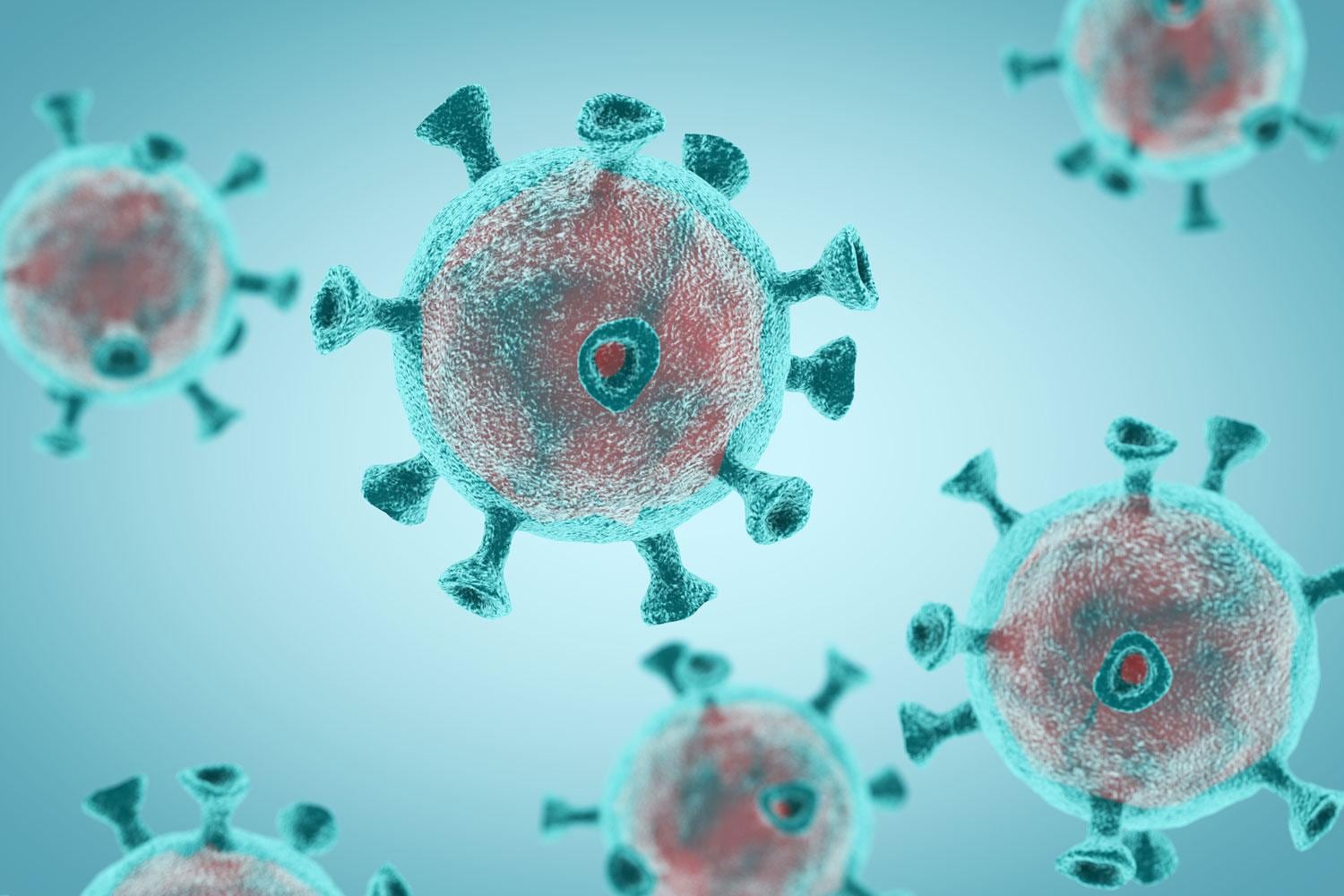- เรื่องราวความสำเร็จของลูกค้า
- Government of Odisha
Government of Odisha achieved this using • SAS® Visual Analytics on SAS® Viya®
Indian state uses COVID-19 dashboard to track cases, allocate medical resources and prepare for future crises
In dealing with the COVID-19 pandemic across the globe, governments of all sizes have built, shared and closely monitored data-driven dashboards to communicate crucial information to officials and citizens alike. These dashboards have become a vital news source that has fed our appetite for information about the progress being made combating the virus.
A compelling example is the Odisha State COVID-19 dashboard, created by the Government of Odisha in collaboration with SAS and CSM Technologies. This eastern Indian state, located on the Bay of Bengal, has a population of more than 46 million. With advanced analytics at the heart of its response, the Government of Odisha is taking action to contain the virus and save lives.
“Odisha is pushing the frontiers of digital transformation by investing in emerging technologies such as big data and advanced analytics,” says Manoj Kumar Mishra, Secretary of Electronics and Information Technology in the Government of Odisha. “We looked at COVID-19 as an opportunity to use data to make proactive decisions and remain one step ahead in our war against the pandemic. And that marked the genesis of the Odisha COVID-19 dashboard, which is accepted today as the single version of truth for citizens and administrators alike.”
Odisha is pushing the frontiers of digital transformation by investing in emerging technologies such as big data and advanced analytics. We looked at COVID-19 as an opportunity to use data to make proactive decisions and remain one step ahead in our war against the pandemic.Manoj Kumar Mishra Secretary of Electronics and Information Technology Government of Odisha
Proactive measures backed by analytics
Early in the pandemic, Odisha officials saw the importance of a rapid, decisive response. The state had the foresight to use data and analytics to closely monitor suspected COVID-19 cases, enforce social distancing, and increase the capacity of testing and medical treatment to deal with the crisis.
Luckily, Odisha has large data sets related to health care that have proven critical for evidence-based efforts in fighting the pandemic. This has enabled the state to have a unified data portal that is used by multiple departments for:
- Registering and tracking known COVID cases.
- Monitoring adherence to quarantine requirements.
- Sampling, testing and notification. Managing patients.
- Mapping infrastructure and optimizing medical resources.
- Issuing travel passes for stranded visitors.
- Monitoring incoming worker registration and border protection.
- Managing medical outposts.
- Determining benefits eligibility.
Thanks to the democratization of analytics, users within the Government of Odisha don’t need to be statisticians or data scientists to navigate the COVID-19 unified data portal or dashboard to obtain valuable insights. Data is integrated from multiple source systems, transformed, cleaned and consumed, thereby empowering decision makes to quickly go from insights to action.
The interactive data visualization dashboard provides the most recent key metrics and trends related to the pandemic through more than 50 interactive charts, graphs and diagrams. It has drill-down capabilities to depict the status, location, demographics, spread and trend analysis of cases across the state. Analyzed components pertain to COVID-19 testing, infections, available infrastructure (e.g., testing kits, beds, ventilators, water supply, electricity), care facilities, inbound travelers, hospitalizations and citizen outreach via phone calls and social media engagement. Not only does this benefit decision makers, the data enables the government to establish transparent communication channels with its citizens to keep them safe and informed throughout the pandemic.
“The reporting on the volume of people affected by pandemic at the most granular level has helped us effectively plan for relief operations and gauge the compliance to critical standard operating procedures on movement, quarantining and testing of at-risk populations,” says Shri Pradeep Kumar Jena, Special Relief Commissioner
Odisha – Facts & Figures
46 million
people
30
districts
Bhubaneswar
capital
Simulation analysis fosters planning and intervention efforts
The dashboard also supports modeling tools that help the Government of Odisha better prepare for the future. This includes estimating the infection risk profile and susceptible population of geographic regions. Collaborating closely with the government authorities, medical infrastructure simulations were done by analyzing the data on the number of patients, the potential increase of the disease, the existing bed capacities and ventilator readiness at district levels. These insights enable the state to strategically allocate funds and resources to the districts based their needs for medical equipment, critical care capacity and medical personnel for the treatment and recovery of patients.
“Predictive analytics and modeling tools on the dashboard have helped us with key insights on optimizing capacity utilization of the health care infrastructure during peak infections,” says Shri Pradipta Kumar Mohapatra, Additional Chief Secretary of Health and Family Welfare. “This has helped us with better and directed resource use and to considerably impede the spread.”
The Government of Odisha is also using simulation analysis to explore the impacts of different lockdown situations and travel on the infection rate, thereby assessing the best- and worst-case scenarios. These simulations help the state decide on the extent of interventions, as decision makers try to balance public safety and economic activity.
Saving lives and preparing for the future
Ultimately, insights gleaned from analytics can help save lives. Effective planning and preparedness can have a profound effect on the pandemic. The Odisha COVID-19 dashboard:
- Provides indicators on the readiness of the state in combating the pandemic.
- Provides real-time information to citizens on the status of the pandemic.
- Serves as a single platform for communication on the location and capacity of the health infrastructure, contacting officials for health-related concerns.
- Enables real-time sourcing of infection summary at the district and block level from the health department.
- Enables real-time sync and analysis without manual intervention.
The evolution of the state’s use of analytics during the COVID-19 pandemic also helps it prepare for what might happen next. A variety of scenarios can be explored, such a resurgence in infections or mutant variations of the virus. Newer variables can be factored into the predictive models.
The Odisha COVID-19 dashboard can prove to be the first of its kind to enable the government to prepare for a future pandemic or natural disaster, as these models can be quickly and effectively redeployed and customized to address a given need.




